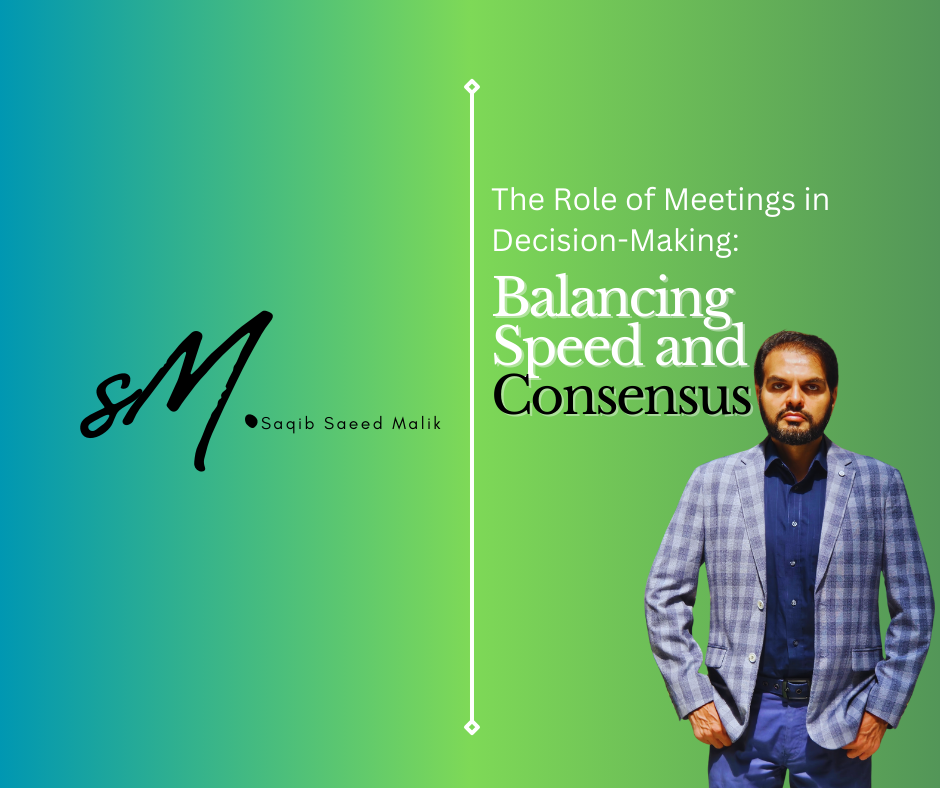Decision-making is a critical aspect of any business, and meetings often play a central role in this process. One of the key advantages of meetings is that they provide a platform for collective decision-making, where multiple stakeholders can come together to discuss and agree on the best course of action. This approach can lead to more informed and balanced decisions, as it takes into account the perspectives of various team members.
However, the decision-making process in meetings can also be a double-edged sword. On the one hand, involving multiple stakeholders can lead to more thorough and well-rounded decisions. On the other hand, it can also slow down the process, especially if there are disagreements or if consensus is difficult to achieve. In today’s fast-paced business environment, speed is often of the essence, and lengthy decision-making processes can be a disadvantage.
To balance the need for speed with the need for consensus, it is important to have a clear decision-making framework in place. This might involve setting clear roles and responsibilities, establishing decision-making criteria, and using tools like voting or prioritization to streamline the process. By doing so, organizations can leverage the benefits of meetings for decision-making while minimizing the drawbacks.

